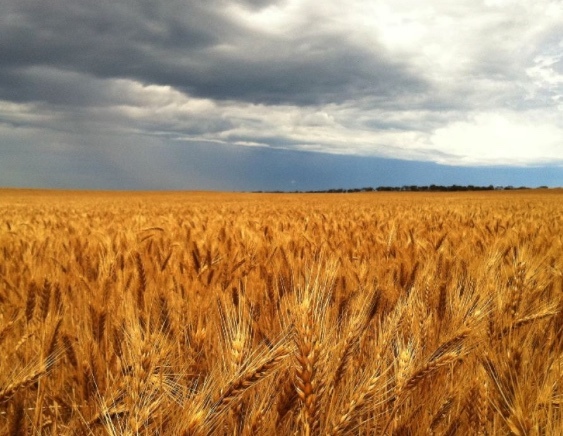Wheat prices strengthen as we reach for the history books
- By: "Farm Tender" News
- Cattle News
- Oct 14, 2020
- 780 views
- Share

By James Urquhart - AWB
In this game, despite all the planning in the world there are two variables that as individuals we have very little influence over, the weather and grain markets. With the commencement of the 20/21 harvest comes the usual speculation about what the next few months has in store for us. As we tend to do, we look to the history books in hope of finding an analogue year to provide some insight and given the similarities in expected production, 16/17 seems to be the one that most pundits are reaching for. However, whilst production volumes may end up comparable, the answers to questions about grain prices could end being quite different to those from 16/17.
Recalling 16/17 harvest, wheat markets were thinly supported amid a burdensome local and global supply story and in the face of heavy grower selling, the market sold off strongly and really didn’t find any support until the last of the headers stopped in Victoria. Fast forward five years to the similar local supply picture presented to us in 20/21, and although we are only at the very early stages of harvest, the feeling is quite different; wheat prices are almost $100/mt better than the same time 5 years ago and at this stage are holding firm and even strengthening. Local domestic consumers have been eagerly awaiting harvest and been willing buyers of the first truckloads to fill a supply chain that has limped into harvest on fumes. Without the required finishing rains, the Western Australian crop is going backwards – albeit as fast as the East Coast seems to increase. Internationally, things are well supported with dryness reducing expectations for the upcoming Russian crop by up to 10 million tonnes, as well as an EU crop that is an estimated 20 million tonnes smaller than last year’s. And on the demand side of the ledger, China have been an energetic buyer of a broad suite of agricultural commodities globally.
So with yields comparable to 16/17 and the market outlook far more promising, there is reason for optimism. However, it is hard earned wisdom from recent tough years that should remind growers how important it is to extract every possible opportunity from each season. With that in mind there are some practices that should be considered. Position your grain in the best location to supply the prevailing market; in a year such as this when it is the export market that should set the tone, it makes sense to deliver your grain to a site with premium rail facilities and strong appetite from exporters. To avoid leaving money on the table review any existing contracts and grade spreads to ensure you apply the right grades to the right contract. If you haven’t already explored the ISCC sustainability requirements for canola, perhaps do so to ensure you can sell your canola to all buyers and access the best paying markets. As always, sell to counterparties you know you can trust.
And as for the weather, well let’s just hope like hell La Nina can hold off until this crop is off the stalk.












Share Ag News Via